Applications of ARINC 628: ARINC 628 is a key standard in the aerospace industry that defines the interfaces and protocols for cabin equipment and passenger systems. It was developed to create a unified framework that ensures different components within an aircraft cabin work together seamlessly.
The standard is widely adopted in both commercial and business aviation as well as in certain military applications. By establishing a consistent method for communication between various cabin systems, it improves operational efficiency and passenger comfort.
Over the years, ARINC 628 has become essential for integrating advanced in-flight entertainment systems, cabin management solutions, and passenger service features. Its adaptability to evolving technologies continues to make it a vital part of modern aircraft design and upgrades.
Core Applications in the Aerospace Industry
Cabin Management Systems
ARINC 628 plays a vital role in modern cabin management systems by enabling centralized control of lighting, passenger information displays, and audio or video distribution. This standard ensures that different devices and controls operate in sync to provide a smooth and responsive cabin experience for passengers.

In-Flight Entertainment
The standard supports the integration of seatback entertainment units streaming services and wireless connectivity options. Airlines can deliver high-quality content to passengers while ensuring compatibility between different equipment suppliers and system upgrades.
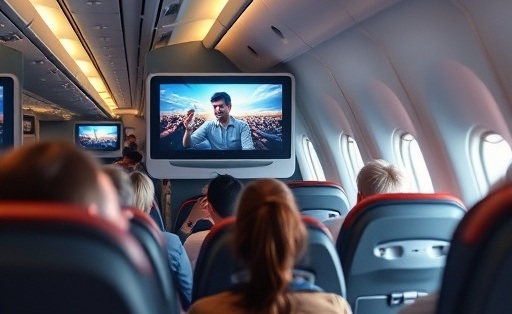
Passenger Service Systems
Passenger service elements such as call buttons, reading lights and seat control interfaces are made more reliable through ARINC 628. These systems are designed to provide quick and accurate responses to passenger requests, which enhances onboard service quality.

In-Seat Power Systems
ARINC 628 outlines how AC and USB power delivery can be safely and efficiently integrated into passenger seating. This ensures passengers can charge their personal devices throughout the flight without affecting aircraft power stability.
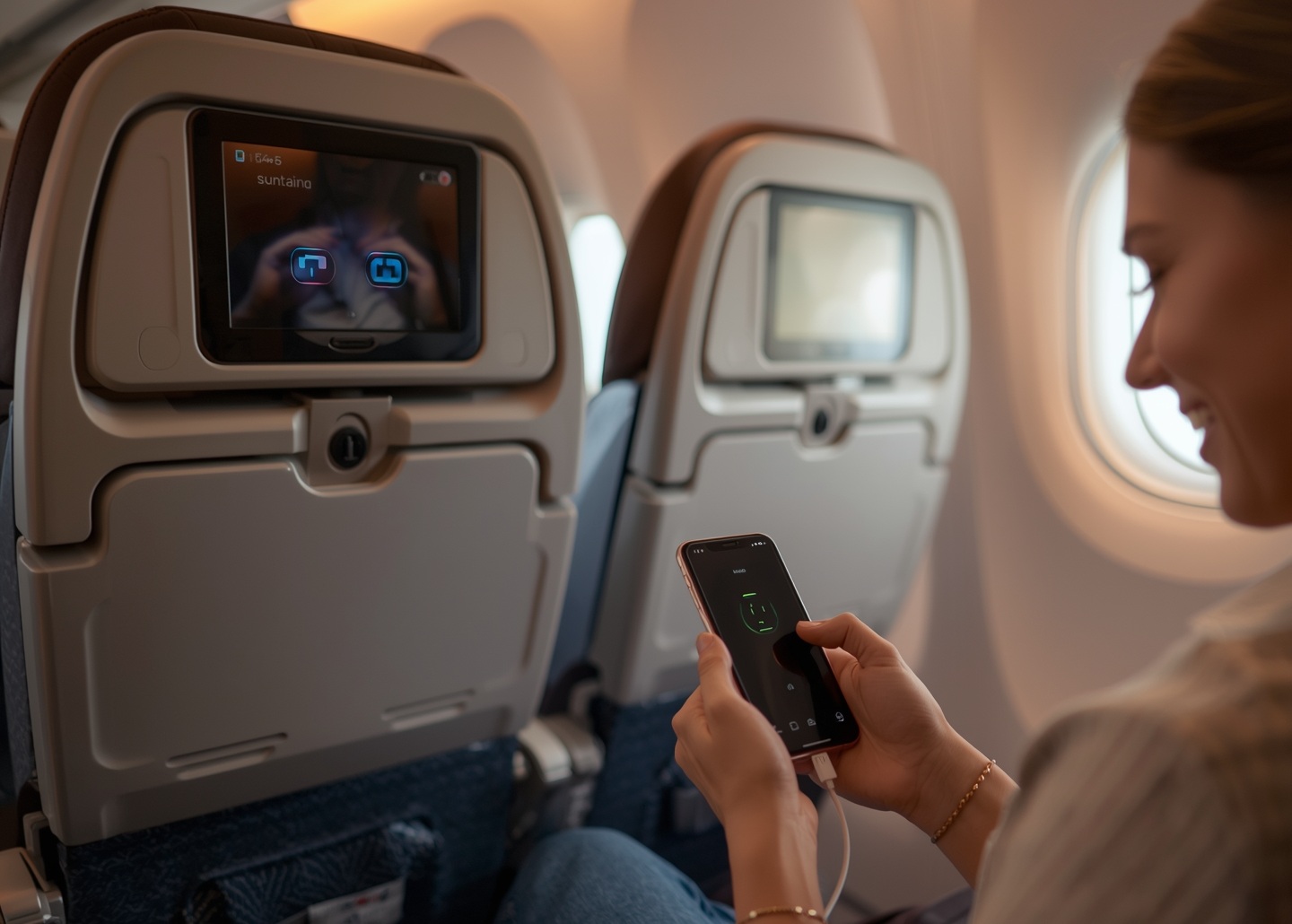
Aircraft Health and Status Monitoring
The standard facilitates communication between cabin systems and aircraft health monitoring tools. This integration allows real-time data collection that supports predictive maintenance and reduces downtime.
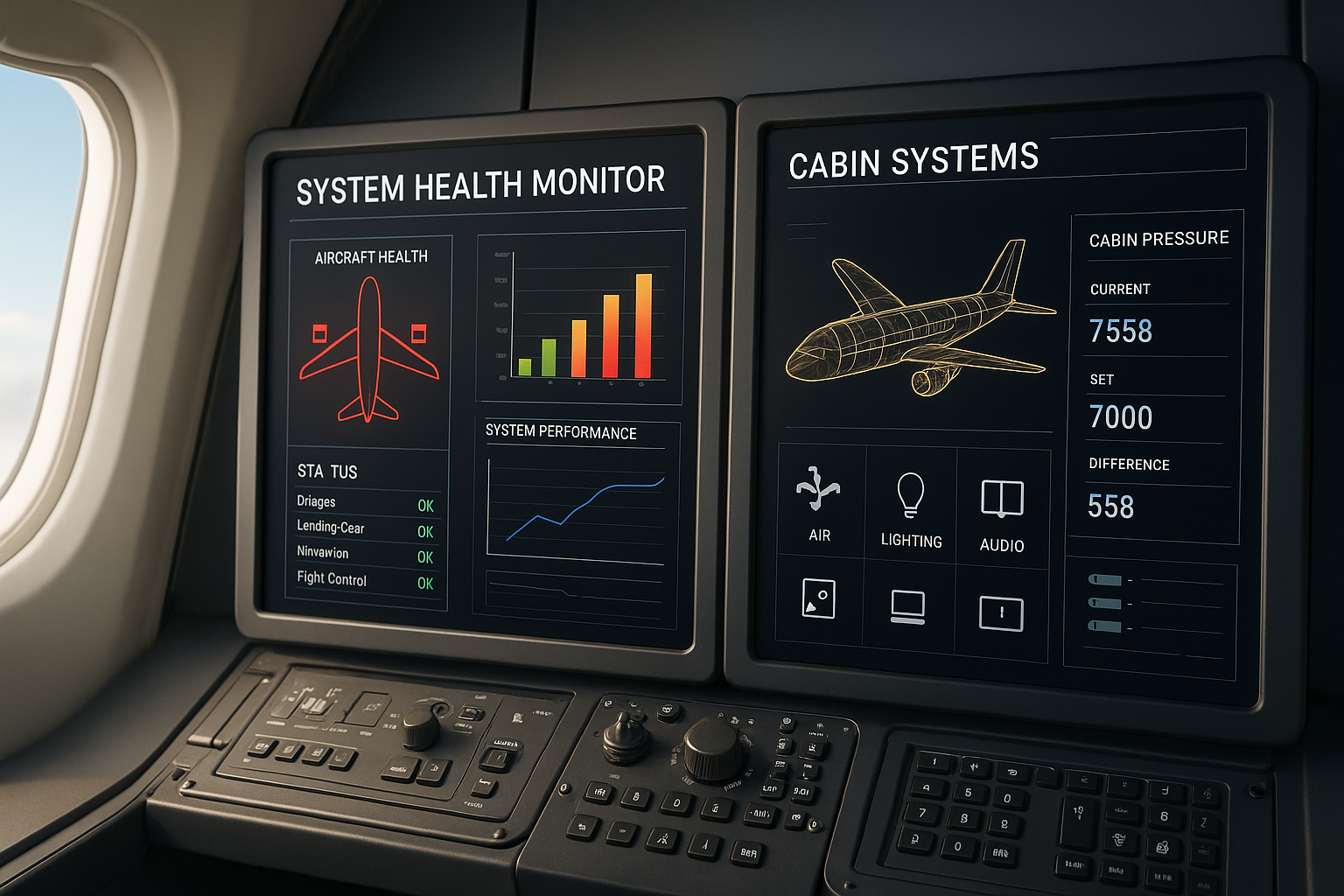
Crew Communication and Control Panels
Flight attendant control panels and crew intercom systems rely on ARINC 628 to ensure smooth coordination between cabin staff and cockpit crew. This improves efficiency in service delivery and safety communication.
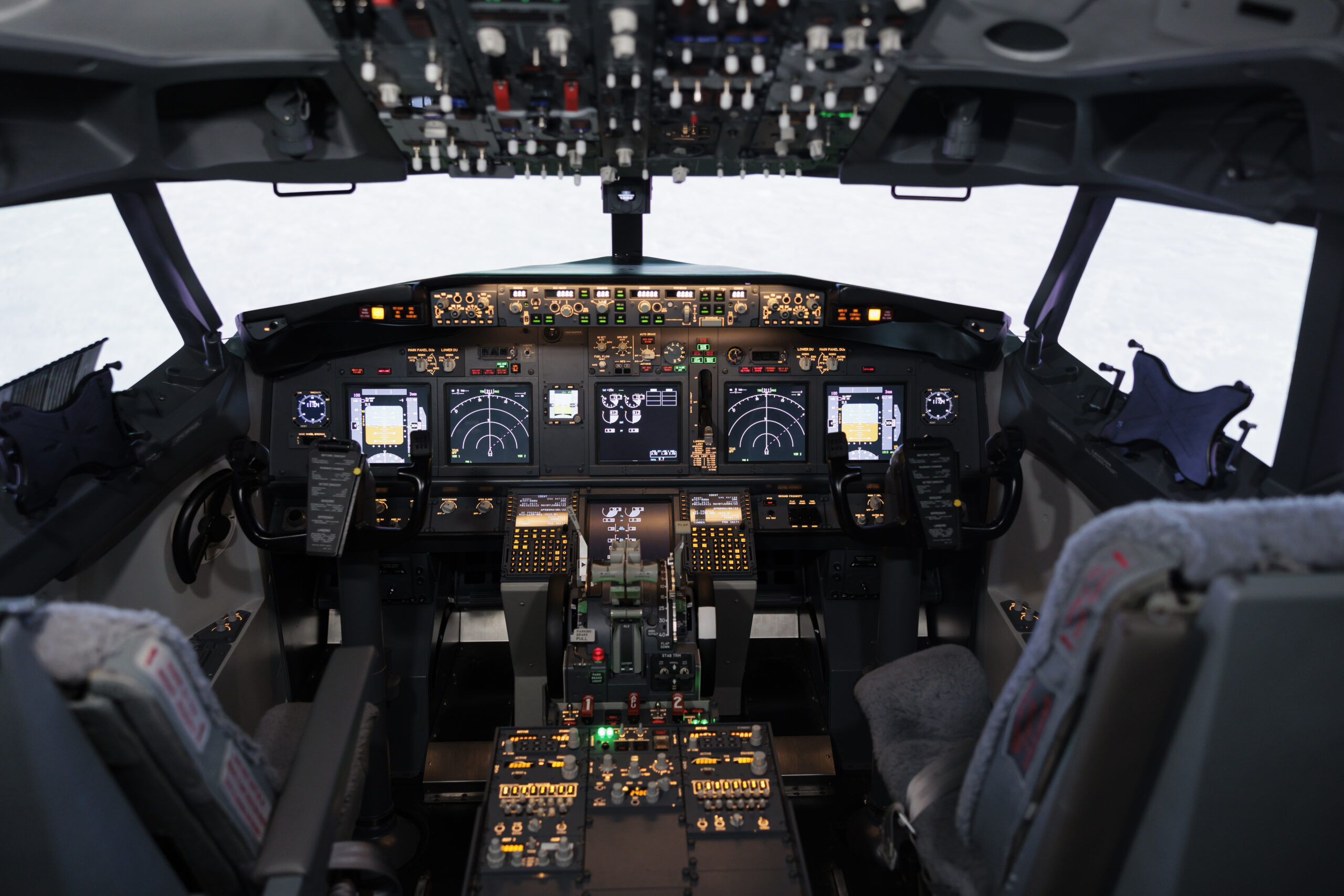
Integration with Emerging Aerospace Technologies
ARINC 628 supports the adoption of wireless cabin controls, satellite-based connectivity solutions and advanced cabin automation systems. This makes it adaptable to the future needs of next-generation aircraft.
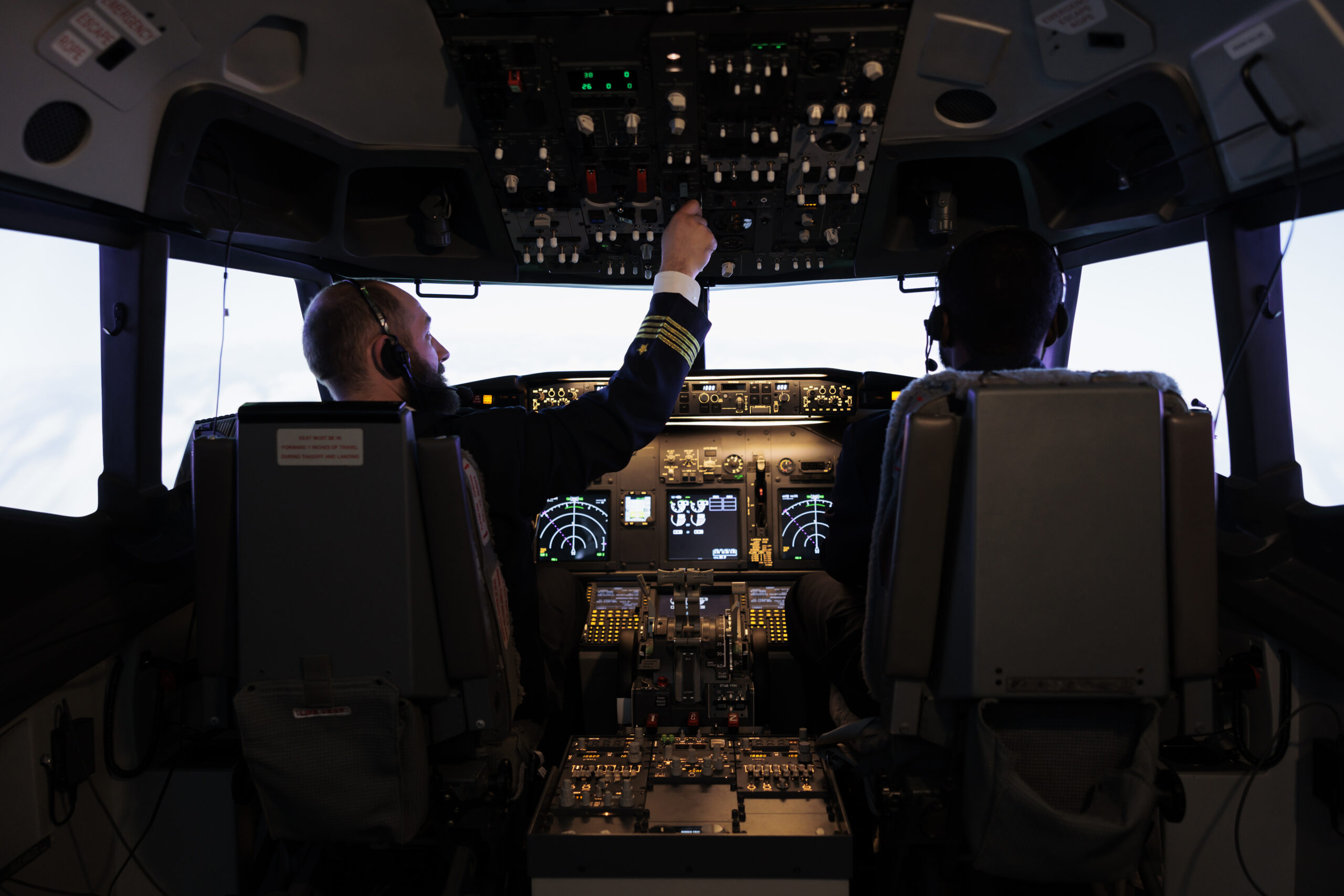
Benefits of ARINC 628 Implementation
Standardized Design
ARINC 628 establishes a uniform architecture for aircraft cabin systems, ensuring that equipment from different manufacturers can operate seamlessly together.
This standardization removes the risk of integration conflicts, reduces the need for proprietary interfaces, and allows airlines to mix and match best-in-class solutions from various suppliers without being locked into a single vendor ecosystem.
As a result, the procurement process becomes more competitive, potentially lowering acquisition costs and improving innovation uptake.
Simplified Installation and Maintenance
By providing clear and detailed technical guidelines, ARINC 628 reduces complexity during system installation.
Engineers can follow a consistent wiring, interface, and communication framework, which shortens installation timelines and reduces the likelihood of errors.
For maintenance crews, standardized diagnostics and troubleshooting procedures mean quicker fault isolation, fewer system mismatches, and reduced downtime. This directly translates into lower operational costs, higher aircraft availability, and better adherence to flight schedules.
Enhanced Passenger Comfort
ARINC 628 plays a pivotal role in ensuring smooth, synchronized operation of cabin amenities such as inflight entertainment, mood lighting, climate controls, and passenger service units.
This coordinated performance leads to a more pleasant and consistent passenger experience from ambient lighting transitions to responsive service calls. A unified standard also helps airlines maintain brand consistency across different aircraft types and configurations, reinforcing passenger satisfaction and loyalty.
Improved Operational Efficiency
The modular, interoperable nature of ARINC 628 allows airlines and MRO providers to integrate new systems or replace outdated ones without major redesigns of the cabin infrastructure.
This plug-and-play capability shortens upgrade cycles, minimizes aircraft downtime during retrofits, and enables incremental improvements rather than full system overhauls. The result is faster deployment of new passenger services and more agile responses to evolving market demands.
Future-Ready Infrastructure
ARINC 628 is designed with scalability and adaptability in mind. Its framework can incorporate emerging technologies such as wireless control systems, IoT-enabled sensors, AI-driven cabin management, and next-generation connectivity solutions like satellite-based broadband.
This future-proof approach ensures that airlines can continuously modernize cabin systems without having to replace the underlying infrastructure protecting long-term capital investments.
Cost Optimization Across the Lifecycle
While the initial adoption of a standardized framework may require planning and training, ARINC 628 reduces total cost of ownership over the aircraft’s lifecycle.
Standard parts, interoperable components, and streamlined maintenance procedures lead to significant savings in spare parts inventory, training programs, and labor hours. The compatibility it ensures also helps retain residual value for aircraft, as future buyers can more easily upgrade or adapt cabin systems.
Strengthened Safety and Reliability
The consistency that ARINC 628 enforces not only improves comfort and efficiency but also enhances operational safety.
Standardized communication protocols and hardware interfaces reduce the likelihood of system failures caused by integration errors.
Reliable operation of critical passenger systems from oxygen masks to emergency lighting is better assured when all components adhere to a unified standard.
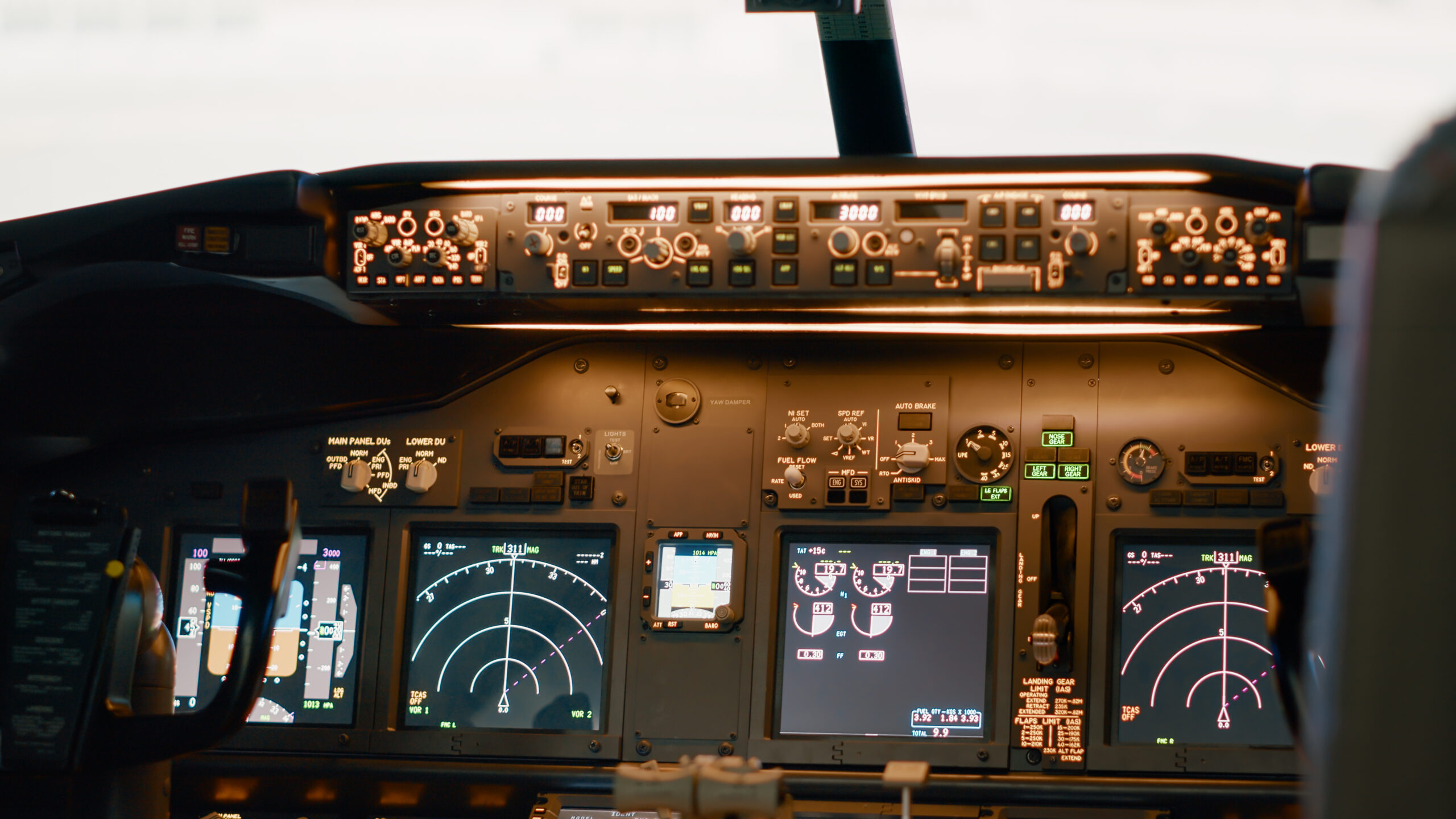
Conclusion
ARINC 628 has established itself as an essential standard for integrating and managing cabin systems across a wide range of aircraft.
Its ability to streamline communication between different onboard components ensures consistent performance and reliability.
By enabling smooth coordination between in-flight entertainment systems, cabin management controls passenger service features, and crew interfaces it plays a direct role in enhancing both passenger comfort and operational efficiency.
As the aerospace industry moves toward more connected and technology-driven aircraft, ARINC 628 remains highly relevant.
Its adaptability to emerging solutions such as wireless cabin controls advanced connectivity services and next-generation aircraft platforms ensures it will continue to be a cornerstone for future cabin system designs and upgrades.





